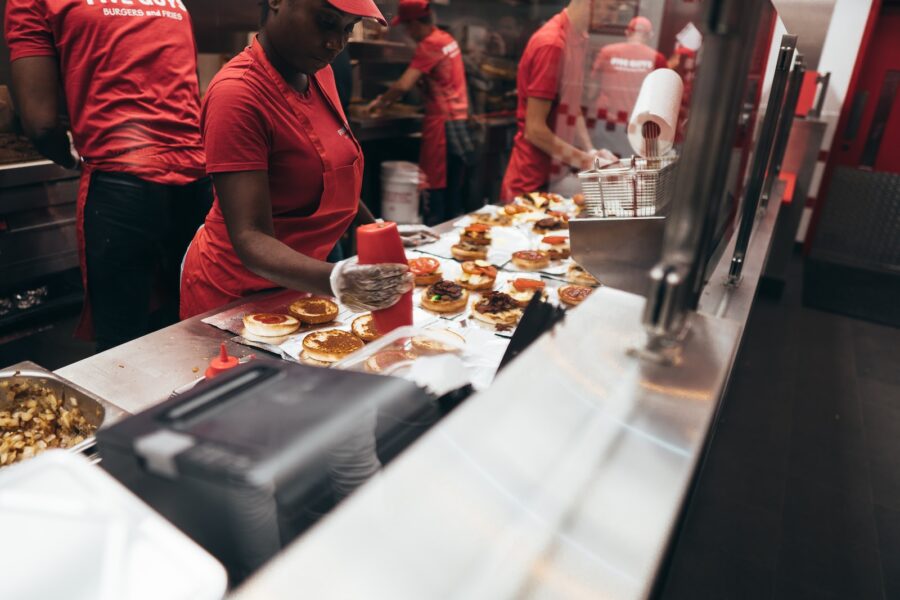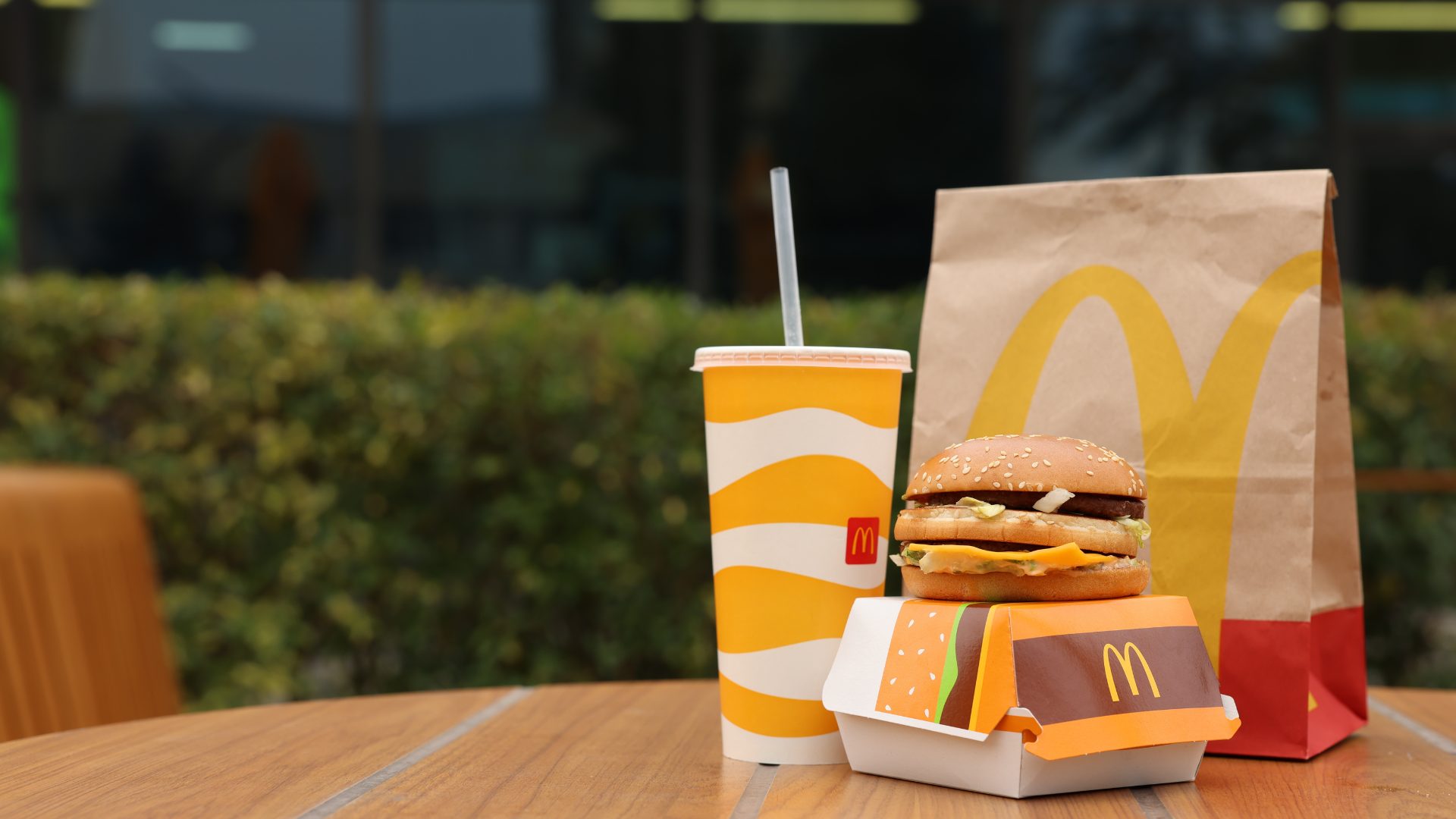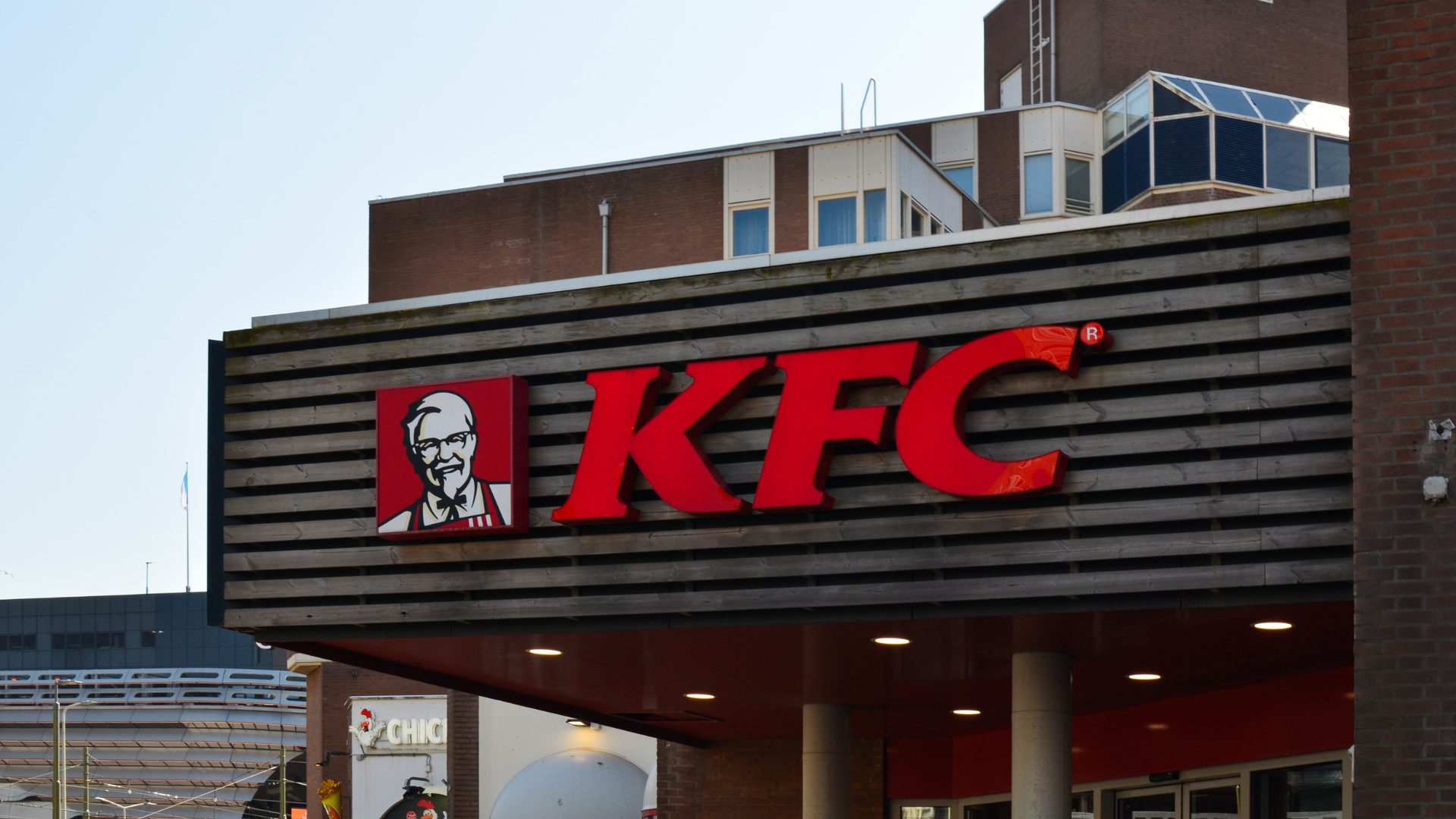Restaurant owners are scrambling to improve their bottom lines amid pandemic hangover, inflation, and labor challenges, with half predicting 2023 will be less profitable than prior years. This is especially true of the quick service sector.
The National Restaurant Association calculated in August restaurants were operating on a roughly pre-tax profit margin of 5%, with food and labor costs accounting for a third of expenses; utilities, maintenance, and other costs ate up 29% more. Eighty-five percent of restaurant operators said their eaters were less profitable than in 2019.
But those numbers are likely to change significantly this year as inflation hammers ingredient and utility prices, people look for more lucrative employment, and consumers find they have fewer discretionary dollars to spend on restaurant prepared meals.
“It’s no secret that the pandemic forced consumers to rethink how and when they ate out at a quick-service restaurant,” Michael Jaszczyk, CEO of GK Americas, told The Food Institute. “[A] recent survey from the National Restaurant Association [indicated] 50% of restaurant operators believe their business will be less profitable in 2023 than in years prior. This statistic is alarming, and it emphasizes the importance of innovation within QSRs to bolster steady relationships with consumers.”
The NRA survey found 93% of QSR operations called food costs a significant challenge. Almost 90% said they already have increased menu prices and 59% said they had changed their offerings. When it comes to labor costs, 87% said it’s a problem, and 48% noted it had forced them to reduce their hours of operation. Almost 40% said they had shelved expansion plans.
“A majority of both full-service operators (63%) and limited-service operators (61%) say their restaurant does not have enough employees to meet customer demand,” NRA said.
QSRs are increasingly turning to innovations like dynamic pricing and greater use of technology.
“QSRs can rely on customer data to determine pain points in the customer experience and find new ways to improve ordering, fulfillment and checkout,” Jaszczyk said. “This can enhance the value the consumer sees in visiting the restaurant, which can improve long-term relationships, regardless of economic conditions.”
He said dynamic pricing can be used in restaurants in the same way it is used in grocery stores.
“This [artificial intelligence]-based strategy can be used to offset inflation and rising costs of key ingredients like eggs, which are now 70% more expensive than this time last year. With dynamic pricing, foods with shorter shelf lives nearing their expiry date can automatically become cheaper, strengthening profits, and helping consumers get more for their money,” he said.












